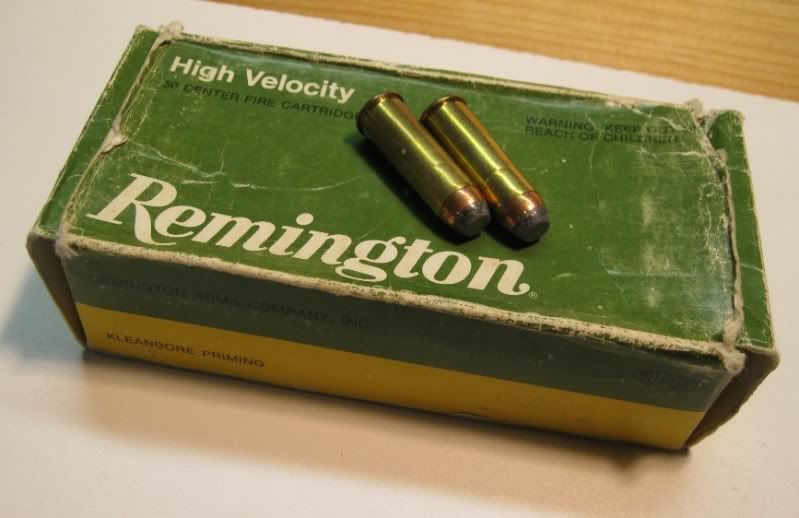For what it's worth Buffalo Bore is now offering hunting loads more powerful than Winchester Super-X but remaining below SAAMI max pressures. They call them "Heavy" loads but
they are not high pressure loads nor are they heavy grain bullets.
Although Tim sent me written permission to post anything from his site to anyplace I like, I will abide by the forum rules.
They offer two bullets, a 200gr Hard Cast and a 185gr Hollow Point
Here is a brief description of the ballistics of the 200gr HC;
200gr Hard Cast
➤ 1,350 fps -- Winchester model 1892,
20-inch barrel, circa 1916
➤ 1,353 fps -- Uberti model 1873, 19-inch barrel, circa 1997
➤ 1,034 fps -- Ruger Vaquero (large frame), 7.5-inch barrel, circa 2003
➤ 1,036 fps -- Colt New Service,
7.5-inch barrel, circa 1905
➤ 980 fps -- S&W model 544, 5.5-inch barrel, circa 1980’s
➤ ??? fps -- Custom (Brian Pearce made) SAA replica, 5.5-inch barrel, circa 2017
➤ 949 fps -- Ruger converted 357 Mag. flat top (by Jack Huntington), circa 1959, 4.75-inch barrel
Full description can be found on Buffalo Bore's website or on my "non-vender" website
https://www.44winchestercenterfirecartridges.com/copy-of-ancient-history-pt-2-by-ed
I also want to add that early high velocity loads from the 1903-1945 era were rated at 22,000psi and not suitable for old weapons or revolvers as so stated on the boxes. Post WWII High Velocity loads such as the one from Remington from about 1960 were neutered down and safe for all rifles and revolvers.
No different that currently manufactured 45-70, 45 Colt, 38, 44 magnum, 44 special
High Pressure Loads,
ALWAYS read directions and warnings before using.


